Ever wonder how just a few pieces of fabric and rope connected to a crane can hoist massive loads of metal, roof-mounted HVAC units, or skids filled with lumber?
Lifting and rigging using a mobile crane requires a lot of skill, training and experience combined with a healthy dose of respect for the possible dangers involved when moving materials using a sling and hitch.
Before the crane operator can begin moving a load, the materials need to first be secured and stabilized using specialized chokers, hitches, and slings, and it’s not a one-size-fits-all solution. On every job site, the crane operator needs to carefully assess each load, and determine the right combination of hitches and sling configurations required to ensure the load can be moved without shifting or slipping.
Hitch Types
There’s three basic types of hitches used with a crane lift: straight (vertical); choker; and basket. Which type of hitch is used depends on the size and weight of the load, as well as the distance the load needs to be lifted.
- Straight (Vertical) Hitch: The straight, or vertical, hitch uses a single piece of webbing or chain; one eye is connected to the overhead cable, while the other eye clips to a piece of webbing or other attachment point on the material. This style of hitch is rarely used for crane work, as the load tends to rotate upon lifting, making it tough to control large, heavy loads at height.
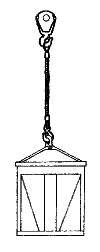
- Basket Hitch: A basket hitch cradles the load by attaching both eyes of the sling separately to the overhead cable, preventing added tension to the load. This type of hitch can be used as either a single, double or double-wrap configuration; and basket hitches cannot be used with loads that are difficult to balance.
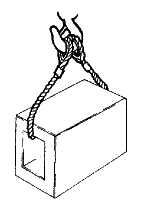
- Choker Hitch: When a choker hitch is used, the sling tightens as the load is lifted because there is a single attachment point (eye), helping to guard against load loss. One eye of the hitch is passed over the other. With this style of hitch, a webbing strap/sling is generally used; it’s important to use a sling that is long enough to ensure that the load is snugged tightly throughout the lift. Choker hitches cannot be used for loose bundles of materials, and the weight of the load should be kept below 75% of the total rated capacity of the sling. Variations on the single choker hitch include the double choker hitch, and the double wrap choker hitch; both provide greater contact area to better secure the load, increase control during movement, and prevent slippage from the sling.
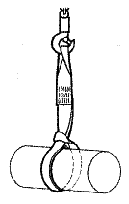
Sling Materials
While chain, rope and wire rope can be used to create any type of hitch, chains are heavy, subject to rusting, and can cause damage to the materials.
For most crane lift slings, webbing is the material of choice, as it’s relatively lightweight, inexpensive, and it won’t dig in to loads like lumber. Made from either polyester or nylon, slings are available in a variety of configurations, including choker, basket, double-leg and quad-leg.
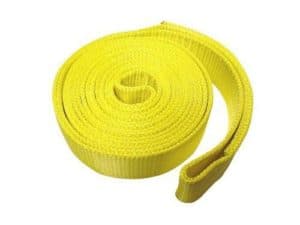
Slings come equipped with eye ends, and are marked with their load rating. Depending on the type of hitch, the height of the lift, and the materials being lifted, loads are limited to between 50 and 70 percent of the total load rating for each sling.
Sling Angle
The angle of the rigging has a huge impact on the amount of tension on the sling; as a result, the working limit of the sling drops in relation to the angle. The sling’s working load limit (WLL) is based on a crane lift performed at a straight (90 degree) angle, so it’s important to factor in the actual angle of the lift when choosing a sling.

Of course, there’s a whole lot more to operating a mobile crane than simply knowing how to select the right hitch and sling for the job, but now you know why when it comes to hoisting materials high in the air, there’s no such thing as one-size-fits-all rigging!
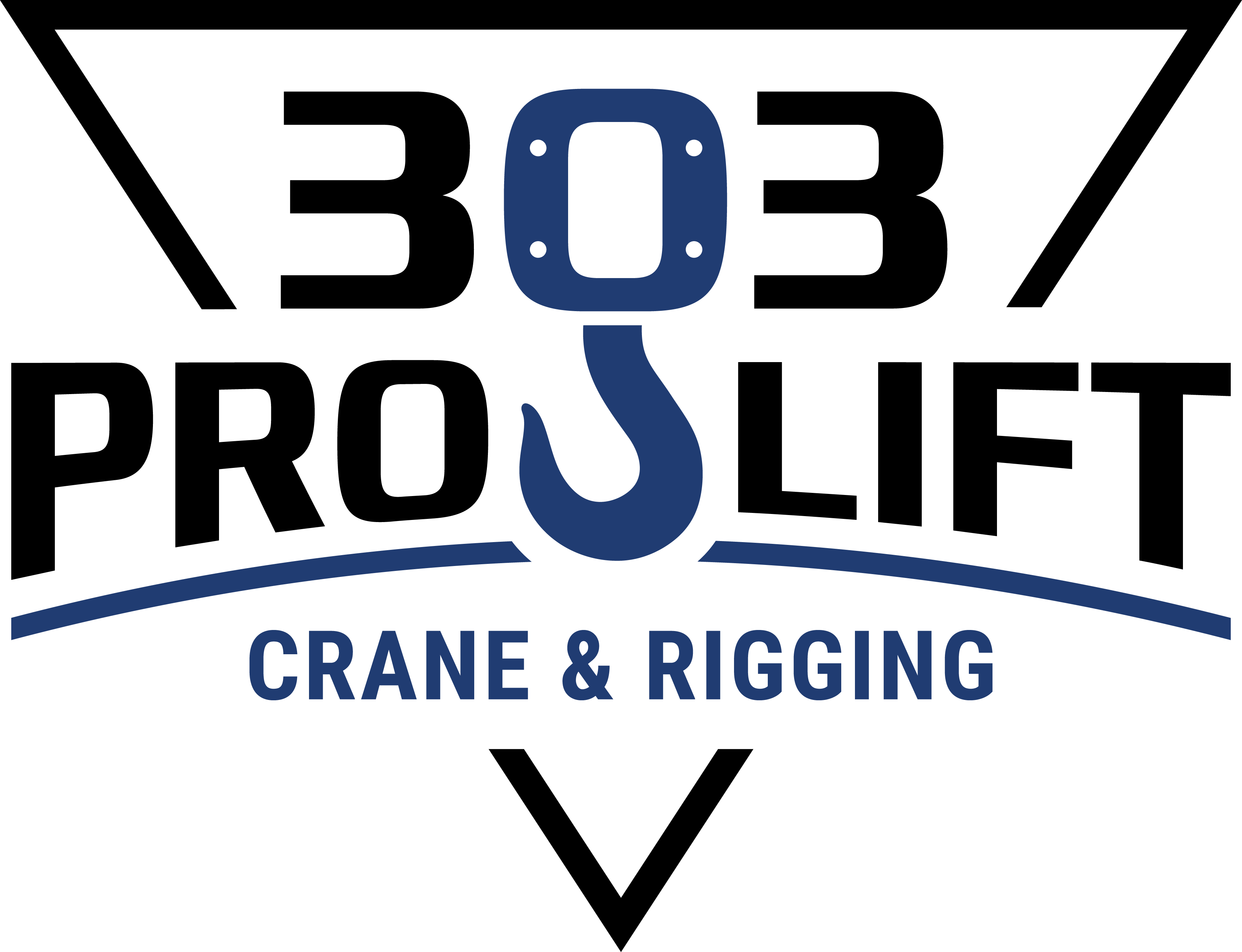



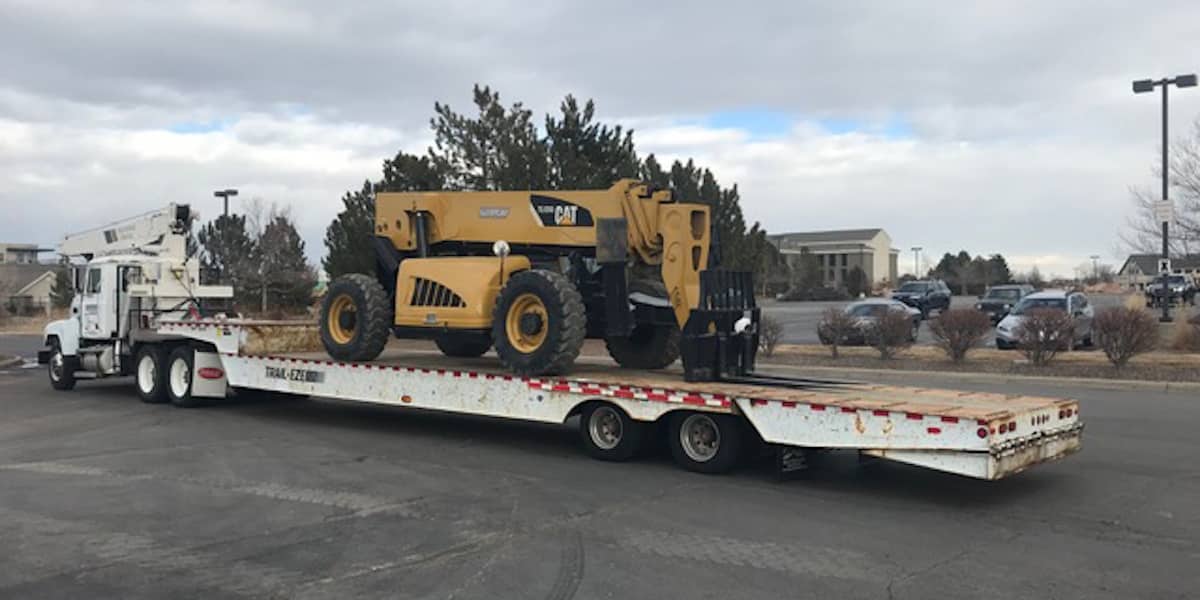
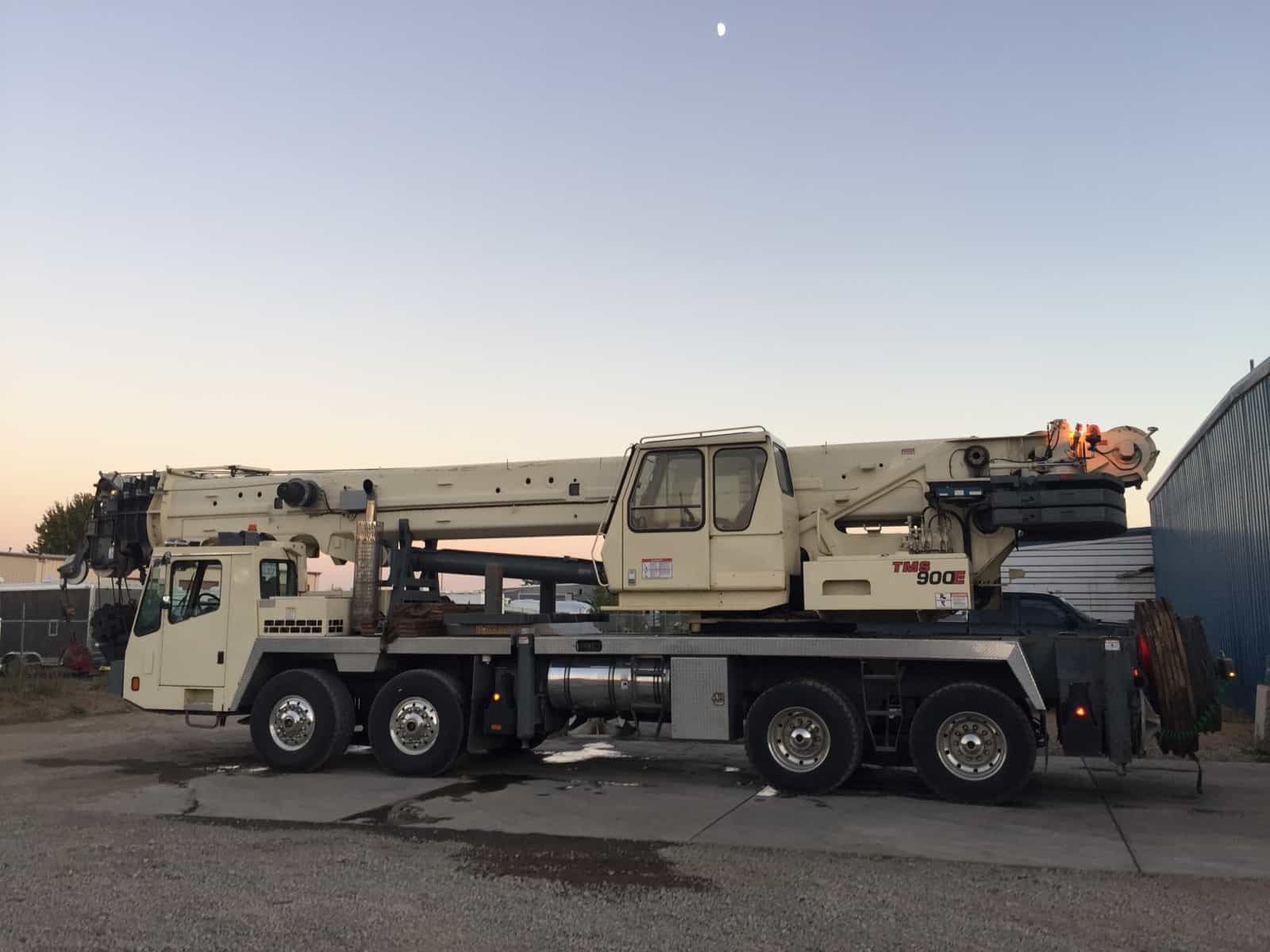
3 Responses
Thanks for this brief introduction im looking forward to attending a crane school in the near future
Is it ok to use two chokers in case one fails/breaks?
when lifting a paper machine roll . figure 48 inches diameter, 23 foot long and 20,000 lbs.
How much more stress on the item being lifted does a choke hitch verses a basket hitch have on the roll? does a choke hitch apply more stress trying to collapse the roll or a basket hitch . If so, is there some kind of math a person can do to figure it out so the rig can be deemed ok or not ? or are the pressures less in a choke because on surface contact area to the roll shell.
Any advice on this topic would be appreciated.